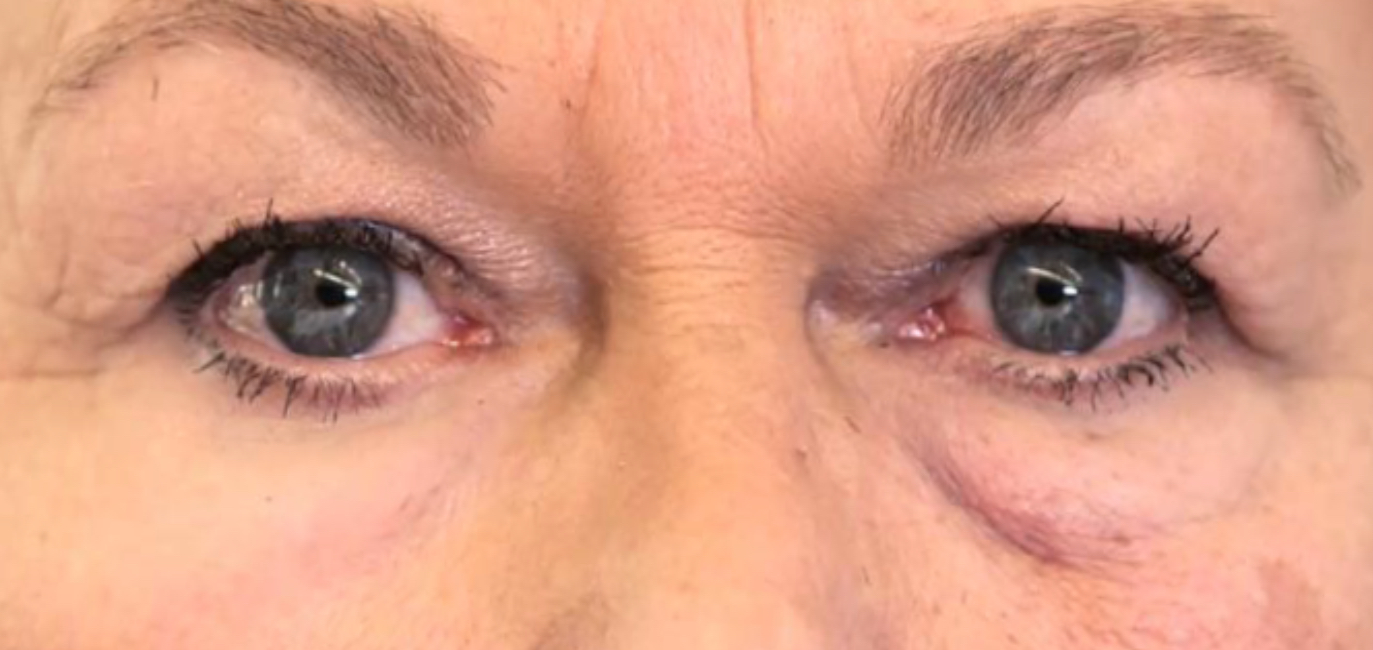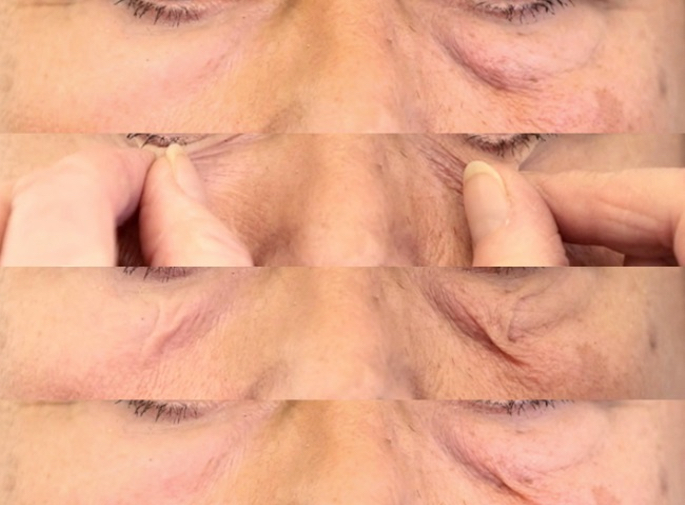Invisible 'Second Skin' Can Smooth Out Wrinkles and Eye Bags

A new, invisible "second skin" may help to restore healthy, youthful skin to older faces, according to a new study.
The artificial skin — made of a silicone polymer and applied in a two-step process of spreading two creams onto the skin — can tighten a person's real skin and reduce the appearance of wrinkles and under-eye bags, according to the findings, published today (May 9) in the journal Nature Materials.
"We are excited about it; it is a brand-new material," study co-author Robert Langer, a professor at the Massachusetts Institute of Technology, told Live Science.
One day, the second skin could be used to help people with certain skin conditions, such as eczema (which causes the skin to become red, rough and itchy), or people who have inflammation in their skin, by serving as a vehicle for storing and releasing drugs used to treat these conditions, the researchers said. It could also provide sun protection if sunblock ingredients were used along with it, the researchers said.
Normally, the properties of human skin change over time due to aging or diseases, and these changes may cause the skin to lose some of its capacity to provide a barrier to toxins or microorganisms, as well as change the appearance of the skin. In the new study, in a series of tests, the researchers examined whether a silicone material they had created would work and be safe to use in a small group of people, which included 12 people with under-eye bags and 22 people with dry skin. [10 Technologies That Will Transform Your Life]
The researchers applied two different creams to the people's faces. Once these creams were together on the skin, they formed an invisible film.

In one experiment, the researchers found that the second-skin material reinforced the real skin beneath it while making it look smoother and preventing it from losing moisture.
Sign up for the Live Science daily newsletter now
Get the world’s most fascinating discoveries delivered straight to your inbox.
In another experiment in the study, 25 people tested how durable the second skin was. The researchers found that the material stayed on the people's skin through the end of a 16-hour period of daily wear. However, on two people, the boundary between the second skin and the person's actual skin became visible after wearing for this length of time, the researchers noted in their study.
The study participants did not report any skin irritation during the tests, according to the study. [4 Common Skin Woes, and How to Fix Them]
Representatives of Olivo Labs, a company that participated in the development of the second-skin technology in collaboration with Langer and other researchers, said they could not disclose at this time when it would be commercially available or how much it would cost.
Zhenan Bao, a professor of chemical engineering at Stanford University who was not involved in the new study, said she was impressed with the new results. "It is amazing work," Bao told Live Science.
Her own research group has been working with electronics that can allow synthetic materials to experience the sense of touch, she said. "It would be amazing to combine [her research group's findings] with some kind of second skin and to create a skin that looks and feels like skin and can also sense like skin," she said.
Follow Agata Blaszczak-Boxe on Twitter. Follow Live Science @livescience, Facebook & Google+. Originally published on Live Science.









